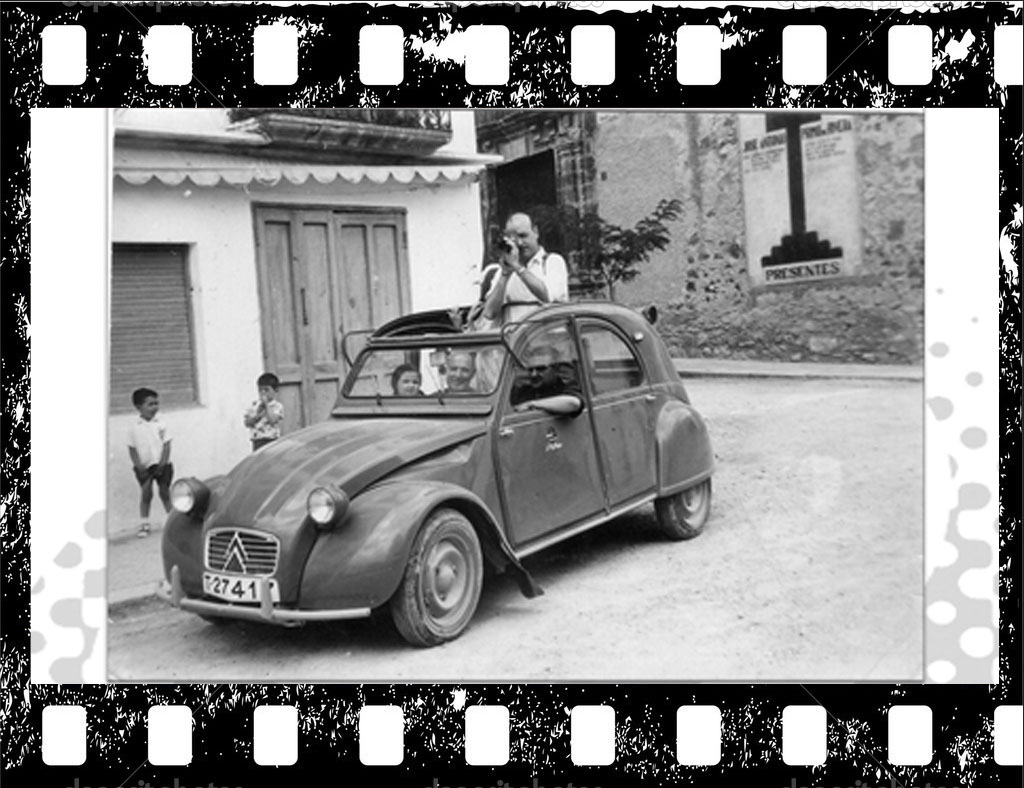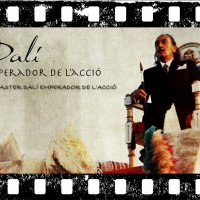Productions
In 2001, in conjunction with Canal Reus Televisió, the Cinema Group (and the Film Research Unit, now part of the Group), opened up a new line of research and experimentation: the production of history documentaries and television docuseries.
The aim of these productions is threefold:
- To publicise the collection of archival images that was being gradually built up in the region of Tarragona.
- To promote the recovery of audiovisual heritage and demonstrate its value.
- To demonstrate different ways of telling history using image.
We are open to studying new productions. So, if you have any ideas...
Past productions
Salvador Dalí, the emperor of action
|
Salvador Dalí visited the city of Tarragona 40 years ago, on 17 August 1973.
The genius from Empordà was invited by the Council to celebrate the city's two-thousandth anniversary.
This visit gives us an insight into an aspect of Dalí's work that is still relatively unknown: Dalí as a performer, the Dalí linked to art at its most modern and ephemeral. Thanks to Dalí, this local event attracted universal interest. We explore and analyse it by examining various materials. Amateur films, sound recordings, photographs and, above all, testimonies from witnesses and experts who were present on the day help us acquire a greater understanding of the artist and how the most avant-garde art was seen in a provincial capital during Franco's dictatorship.
Chronicle of the 1960s. Images of life and festivities in Sénia
|

Mariano Esteve Carbonell filmed the Sénia of the 1960s, a Sénia that, seen today, is a symbol and representation of every village in our region, of a way of life that is gradually fading away. The narrator slowly unveils the secrets of a town and an era, as if it were a television programme from that time.





 Instagram
Instagram Vimeo
Vimeo Ivoox
Ivoox